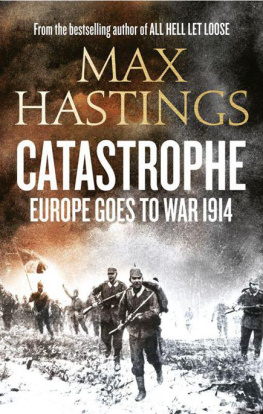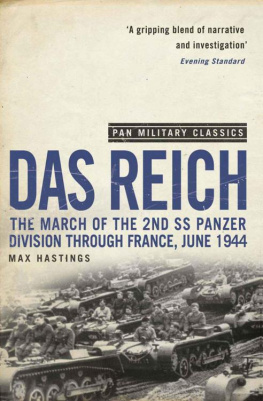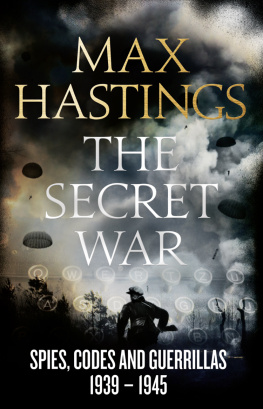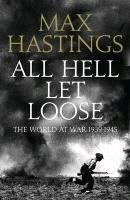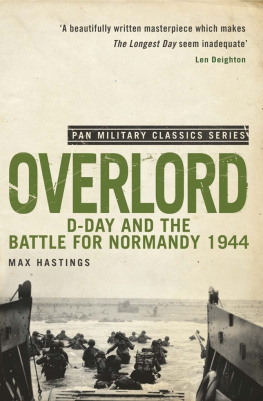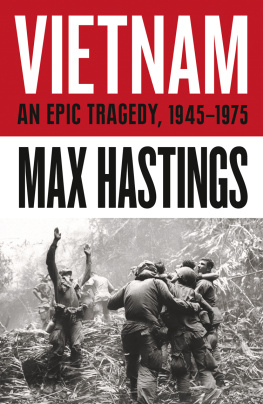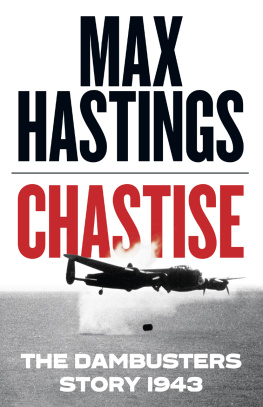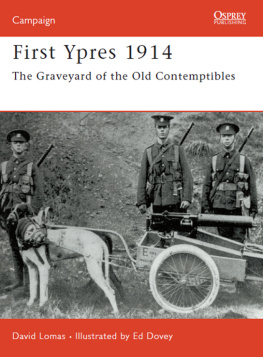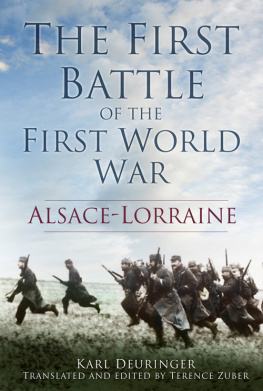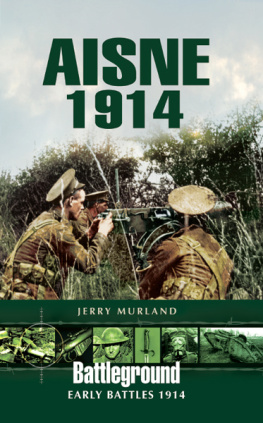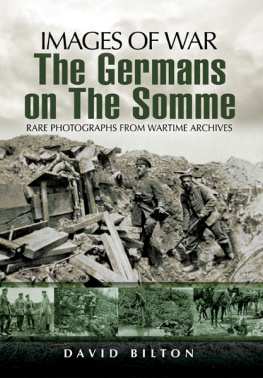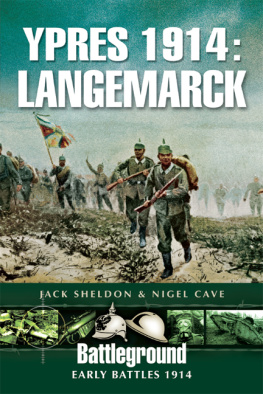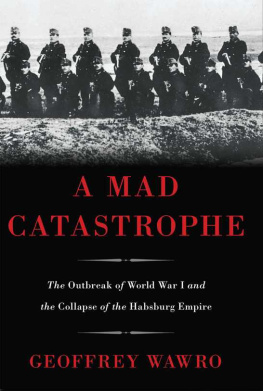

For
PENNY
who does the real work
Contents
Images of the campaigns of 1914 are rare. Those professing to portray combat are often posed or faked, and many contemporary captions are wilfully or accidentally inaccurate. The pictures in this book have been chosen with these realities in mind, to give the most vivid possible impression of what the battlefields looked like, while recognising that few can be appropriately placed and dated, while some predate the war.
Kaiser Wilhelm II (Popperfoto/Getty Images)
Poincar and the Tsar, St Petersburg, July 1914 ( Interfoto/Alamy).
Asquith and Lloyd George (Private collection)
Pasic (Imagno/Getty Images); Berchtold (akg/Imagno); Sazonov ( RA/Lebrecht Music & Arts); Grey (Hulton Archive/Getty Images); Churchill (Hulton Archive/Getty Images); Bethmann Hollweg (DPA/Press Association Images).
Russians solicit divine assistance (Mirrorpix)
Moltke (The Granger Collection/Topfoto); Ludendorff (Hulton Archive/Getty Images); Hindenburg (Hulton Archive/Getty Images); Kitchener (Hulton Archive/Getty Images); Lanrezac (Mary Evans/Epic/Tallandier)
Conrad ( Ullsteinbild/Topfoto); Joffre ( Roger Viollet/Topfoto); French ( Roger Viollet/Topfoto); Haig ( Roger Viollet/Topfoto); Falkenhayn (Hulton Archive/Getty Images); Franchet dEsprey (DeAgostini/Getty Images).
Russians in Galicia (Mirrorpix).
Serbian troops advance ( Robert Hunt Library/Mary Evans).
Putnik ( The Art Archive/Alamy);
Potiorek (Getty Images).
Corporal Egon Kisch ( IMAGNO/Lebrecht);
Austrian troops conduct a mass execution of Serbian civilians ( Robert Hunt Library/Mary Evans).
An Austrian siege piece (Photo12/Ann Ronan Picture Library);
Kluck (akg-images);
Blow ( INTERFOTO/Alamy).
French troops, before the deluge ( Roger-Viollet/Topfoto).
Belgians in action (Underwood Archives/Getty Images)
The legendary French soixante-quinzes (Roger-Viollet/Rex Features).
Smith-Dorrien (Mirropix)
Wilson, Foch and Huguet (Hulton Archive/Getty Images)
Murray (Universal History Archive/UIG/The Bridgeman Art Library)
Germans advance (RA/Lebrecht Music & Arts)
Frenchmen display offensive spirit (Mirrorpix).
Austro-Hungarian cavalry in Galicia ( Robert Hunt Library/Mary Evans
The British deploy on their first battlefield ( IWM (Q 53319))
British troops await the enemy.
Samsonov (DeAgostini/GettyImages)
Russians under attack.
Russian prisoners after Tannenberg ( Robert Hunt Library/Mary Evans).
Rennenkampf (RIA Novosti).
Fortunino Matanias painting of L Batterys action at Nry ( David Cohen Fine Art/Mary Evans Picture Library).
The Middlesex under fire (R.C. Money. LC GS 1126. Reproduced with the permission of Leeds University Library)
A Suffolk girl at the handle of a Lowestoft tram ( IWM (Q 31032)
Russian soldiers in bivouac (David King Collection)
A Russian field hospital (David King Collection).
The Western Front, winter 1914 ( SZ Photo/Scherl/The Bridgeman Art Library)
Dorothie Feilding (Warwickshire County Record Office collections: CR2017/F246/326); Edouard Curdevey (Personal archives of Jean Curdevey); Jacques Rivire (All rights reserved. Private collection); Richard Hentsch (bpk/Studio Niermann/Emil Bieber); Paul Lintier (From Avec une batterie de 75. Le Tube 1233. Souvenirs dun chef de pice (19151916) by Paul Lintier, Paris 1917); Vladimir Littauer (From Russian Hussar by Vladimir S. Littauer, J.A. Allen & Co., London, 1965); Constantin Schneider (Constantin Schneider als Oberleutnant; Foto: Privatbesitz; Reproduktion: Salzburger Landesarchiv; aus: Verffentlichungen der Kommission fr Neuere Geschichte sterreichs, Bd. 95, Wien [u.a.] Bhlau, 2003); Lionel Tennyson (Tennyson Research Centre, Lincolnshire County Council); Venetia Stanley ( Illustrated London News Ltd/ Mary Evans); Louis Spears (Patrick Aylmer); Helene Schweida and Wilhelm Kaisen (State Archive of Bremen); Louis Barthas (From Les Carnets de guerre de Louis Barthas, tonnelier, 19141918 Editions de la Dcouverte. Paris. English edition to be published in 2013 by Yale University Press); Franois Mayer ( IWM Q 111149)
A family flees a battlefield (Mirrorpix)
British soldiers in Belgium, winter 1914 (K.W. Brewster/The Liddle Collection/Leeds University Library. Photograph LC GS 0195)
While every effort has been made to trace the copyright holders of photographs, in some cases this has not proved possible. The author and publishers would welcome any information that would enable such omissions to be rectified in future editions.
Maps
Authors note: The movements of the vast armies in 1914 were so complex that it is impossible to depict them cartographically in detail. In these maps I have striven for clarity for non-specialist readers, for instance by omitting divisional numbers except where essential. They are generally based upon the maps in Arthur Bankss A Military Atlas of the First World War (Heinemann, 1975).
As commandant of the British Armys staff college in 1910, Brigadier-General Henry Wilson asserted the likelihood of a European war, and argued that Britains only prudent option was to ally itself with France against the Germans. A student ventured to argue, saying that only inconceivable stupidity on the part of statesmen could precipitate a general conflagration. This provoked Wilsons derision: Haw! Haw! Haw!!! Inconceivable stupidity is just what youre going to get.
We are readying ourselves to enter a long tunnel full of blood and darkness ANDR GIDE , 28 July 1914
A bantering Russian foreign ministry official said to the British military attach on 16 August: You soldiers ought to be very pleased that we have arranged such a nice war for you. The officer answered: We must wait and see whether it will be such a nice war after all.
Winston Churchill wrote afterwards: No part of the Great War compares in interest with its opening. The measured, silent drawing together of gigantic forces, the uncertainty of their movements and positions, the number of unknown and unknowable facts made the first collision a drama never surpassed. Nor was there any other period in the War when the general battle was waged on so great a scale, when the slaughter was so swift or the stakes so high. Moreover, in the beginning our faculties of wonder, horror and excitement had not been cauterized and deadened by the furnace fires of years. All this was so, though few of Churchills fellow participants in those vast events embraced them with such eager appetite.
In our own twenty-first century, the popular vision of the war is dominated by images of trenches, mud, wire and poets. It is widely supposed that the first day of the 1916 Battle of the Somme was the bloodiest of the entire conflict. This is not so. In August 1914 the French army, advancing under brilliant sunshine across a virgin pastoral landscape, in dense masses clad in blue overcoats and red trousers, led by officers riding chargers, with colours flying and bands playing, fought battles utterly unlike those that came later, and at even more terrible daily cost. Though French losses are disputed, the best estimates suggest that they suffered well over a million casualties in 1914s five months of war, including 329,000 dead. One soldier whose company entered its first battle with eighty-two men had just three left alive and unwounded by the end of August.
The Germans suffered 800,000 casualties in the same period, including three times as many dead as during the entire Franco-Prussian War. This also represented a higher rate of loss than at any later period of the war. The British in August fought two actions, at Mons and Le Cateau, which entered their national legend. In October their small force was plunged into the three-week nightmare of the First Battle of Ypres. The line was narrowly held, with a larger French and Belgian contribution than chauvinists acknowledge, but much of the old British Army reposes forever in the regions cemeteries: four times as many soldiers of the King perished in 1914 as during the three years of the Boer War. Meanwhile in the East, within weeks of abandoning their harvest fields, shops and lathes, newly mobilised Russian, Austrian and German soldiers met in huge clashes; tiny Serbia inflicted a succession of defeats on the Austrians which left the Hapsburg Empire reeling, having by Christmas suffered 1.27 million casualties at Serb and Russian hands, amounting to one in three of its soldiers mobilised.
Next page
